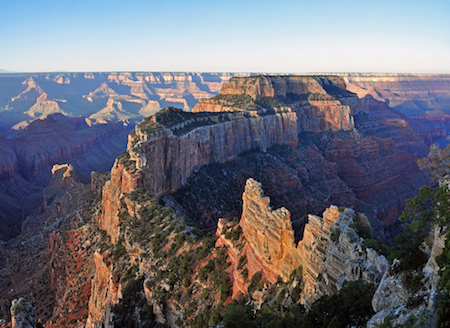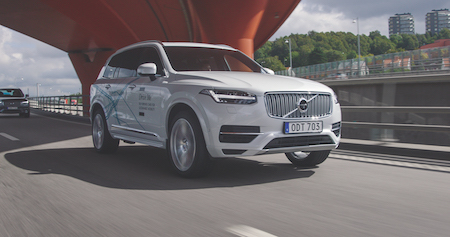The Grand Canyon has a fleet of five drones controlled by four certified operators. It is the only national park with its own fleet of unmanned aircraft for locating people who have gotten lost, stranded, injured or killed, under a program that began last autumn.
The drones are about 18 inches (46cm) across and 10 inches (25cm) high, with a battery life of about 20 minutes. Drone operators watch the video in real time and then analyse it again at the end of the day.
Other national parks also utilise drones, but so far only for wildlife research. Across all national parks in the US, the use of private drones is prohibited, and it can be understood that keeping the airspace clear is vital for these types of rescue operations.
So far the search has not succeeded, it has demonstrated the safer capabilities of unmanned aircraft, in their ability to enter places unreachable by foot and sparing pilots the risk of going in a helicopter. A previous incident in 2003 saw a Park Service helicopter suffer a mechanical failure and crash at the North Rim. The passengers received only minor injuries and the helicopter was totalled.
The two hikers are LouAnn Merrell, 62, and her step grandson, Jackson Standefer, 14. After attempting to search with the UAVs, the park has now scaled back the operation and sent out three ground search teams, totalling about twenty people, an inflatable motor boat, and a helicopter.
References: ABC News


.jpg)
.jpg)
.jpg)

.jpg)




